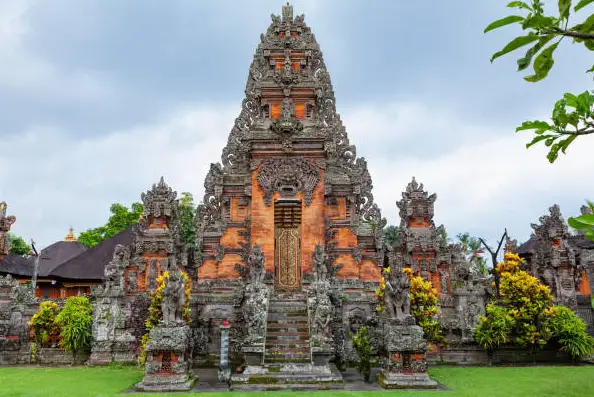How do I explore the history of Indian mathematics and science?
Post ByAdequate Travel
Summary
Do you want to find out more about the ancient Indian contributions to modern mathematics and science? India has a long and rich history of mathematics and science, and delving deeper into this history can be a great way to gain greater insight into these fields. In this blog post, we'll explore the ways in which you can explore the history of Indian mathematics and science. Before embarking on your journey to india, make sure to check the latest travel guidelines and entry requirements to ensure a smooth tripExploring the History of Indian Mathematics and Science
India has a rich and ancient history of mathematics and science that dates back thousands of years. To explore this fascinating subject, you can follow these steps:
1. Study Ancient Indian Texts
The first step is to delve into the ancient Indian texts that contain valuable insights into mathematics and science. Some notable texts include:
Aryabhatiya: This mathematical treatise, written by Aryabhata in the 5th century, covers a wide range of topics including algebra, trigonometry, numerical value calculations, and more.
Brahmasphutasiddhanta: Authored by Brahmagupta in the 7th century, this text focuses on various mathematical and astronomical concepts, including the number zero and negative numbers.
Siddhanta Shiromani: Authored by Bhaskara II in the 12th century, this text covers a wide range of mathematical topics such as arithmetic, algebra, trigonometry, and calculus.
Sushruta Samhita: This ancient Sanskrit text focuses on the field of medicine and surgery, providing insights into the advanced medical knowledge of ancient India.
2. Study the Contributions of Ancient Indian Mathematicians and Scientists
Indian mathematicians and scientists have made significant contributions to the field throughout history. Some notable figures and their contributions include:
Aryabhata: Known for his accurate calculations of pi, he also proposed that the Earth rotates on its axis and explained the cause of eclipses.
Brahmagupta: Known for his work on zero, negative numbers, and solving quadratic equations.
Bhaskara II: Known for his development of mathematical concepts such as calculus, polynomial equations, and spherical trigonometry.
Varahamihira: Known for his contributions to astronomy and astrology, including calculations of planetary movements and the concept of astrology as a science.
3. Explore the Applications of Ancient Indian Mathematics and Science
Ancient Indian mathematics and science were not limited to theoretical concepts but were also applied in various fields. Some applications include:
Architecture: Ancient Indian mathematicians developed sophisticated methods for designing and constructing architecturally sound buildings, temples, and forts.
Medicine: Ancient Indian medical texts contain detailed knowledge of anatomy, surgical techniques, and herbal medicines.
Astronomy: With advanced knowledge of astronomy, ancient Indian scientists accurately calculated the movements of celestial bodies and developed calendars.
Engineering: Ancient Indians developed engineering techniques for irrigation systems, metallurgy, and construction of dams.
By studying ancient texts, the contributions of ancient Indian mathematicians and scientists, and the practical applications of their knowledge, you can gain a comprehensive understanding of the history of Indian mathematics and science.As you prepare for your journey, familiarize yourself with the specific entry requirements, including any necessary visas or documentation.
Suggested Questions
- Sanjay Gandhi National Park, Maharashtra: Horror Story, History & Paranomial Activities
- Bhangarh Fort, Rajasthan: Horror Story, History & Paranomial Activities
- Kuldhara Village, Rajasthan: Horror Story, History & Paranomial Activities
- Fernhill Hotel, Maharashtra: Horror Story, History & Paranomial Activities
- The Savoy, Ooty, Tamil Nadu: Horror Story, History & Paranomial Activities
- Writers' Building, Kolkata, West Bengal: Horror Story, History & Paranomial Activities







